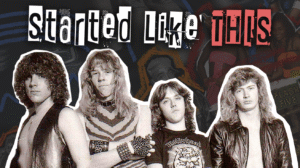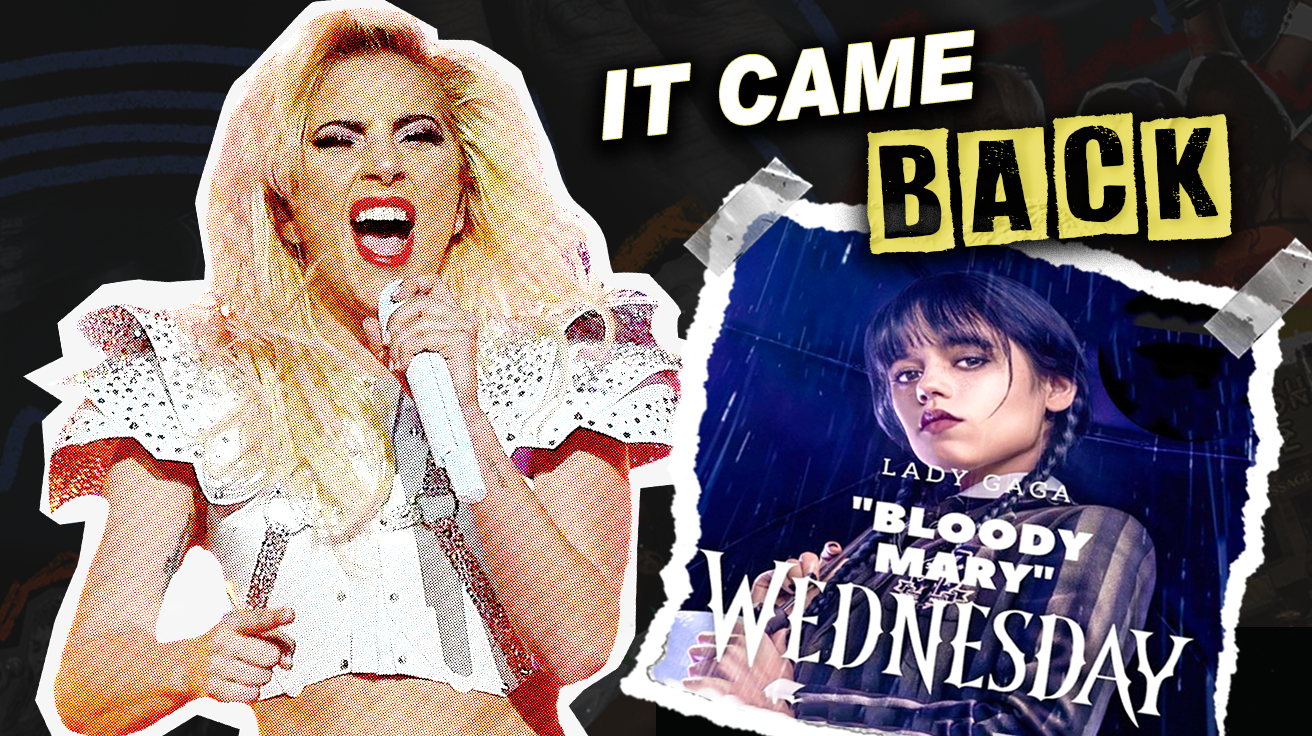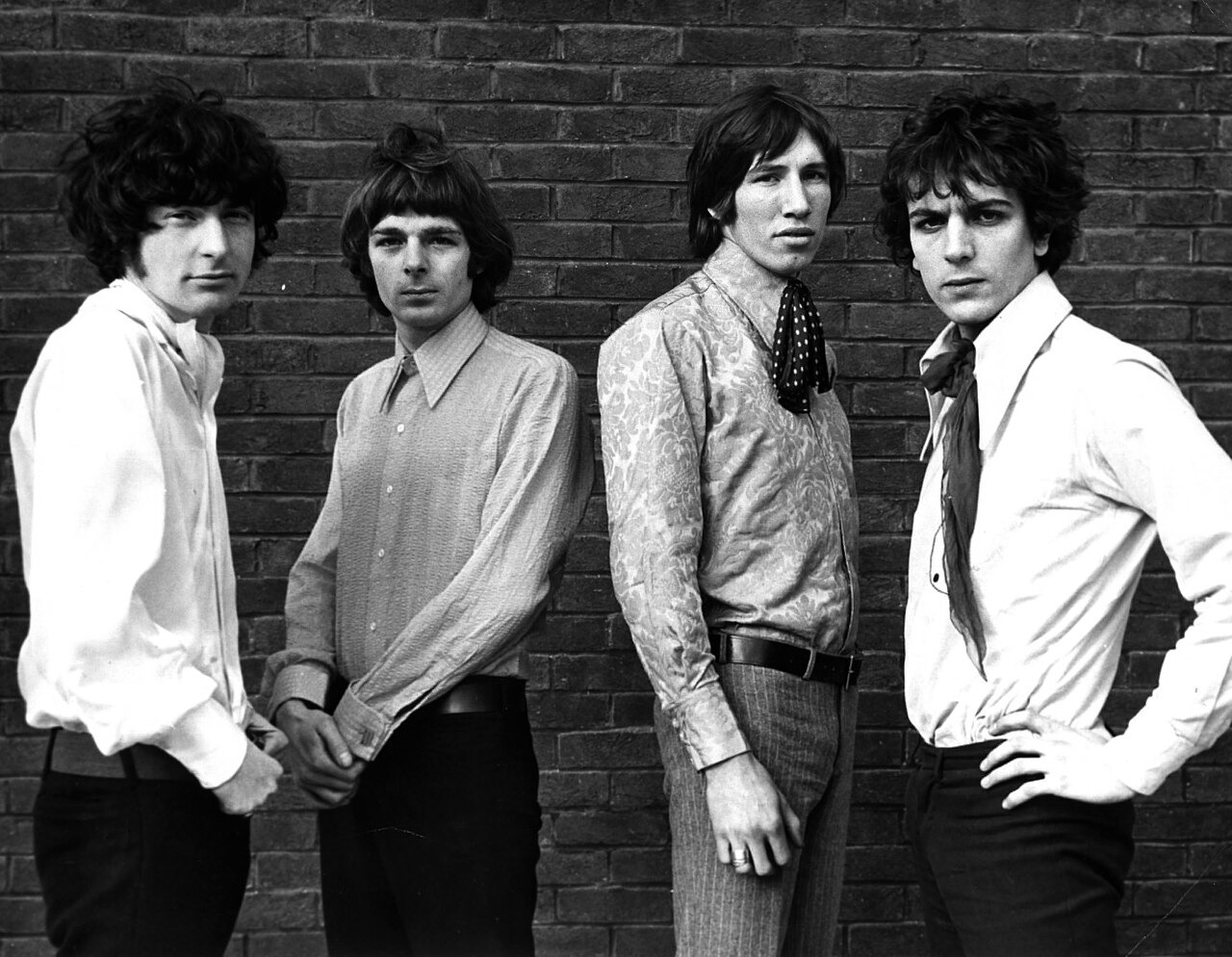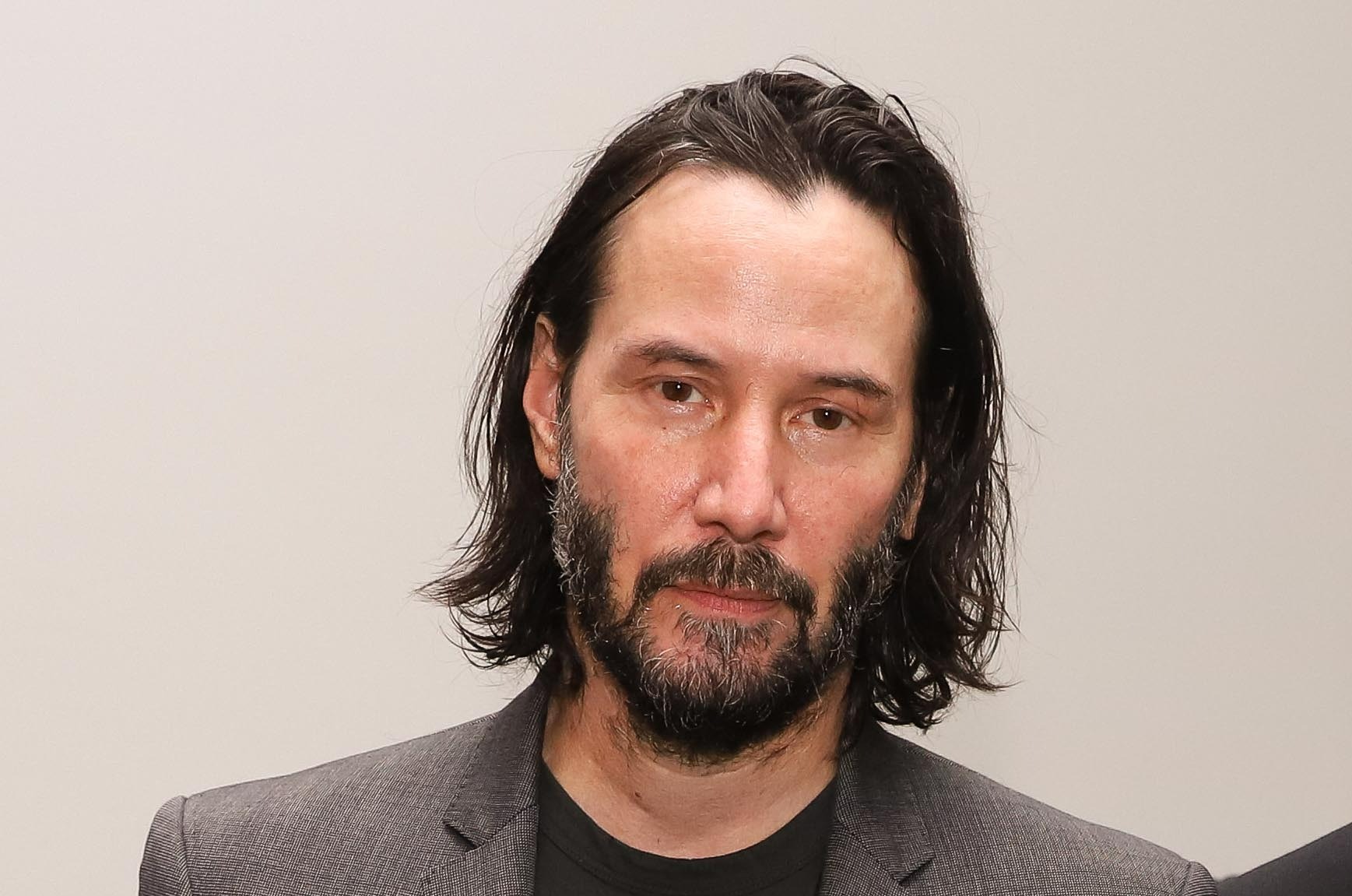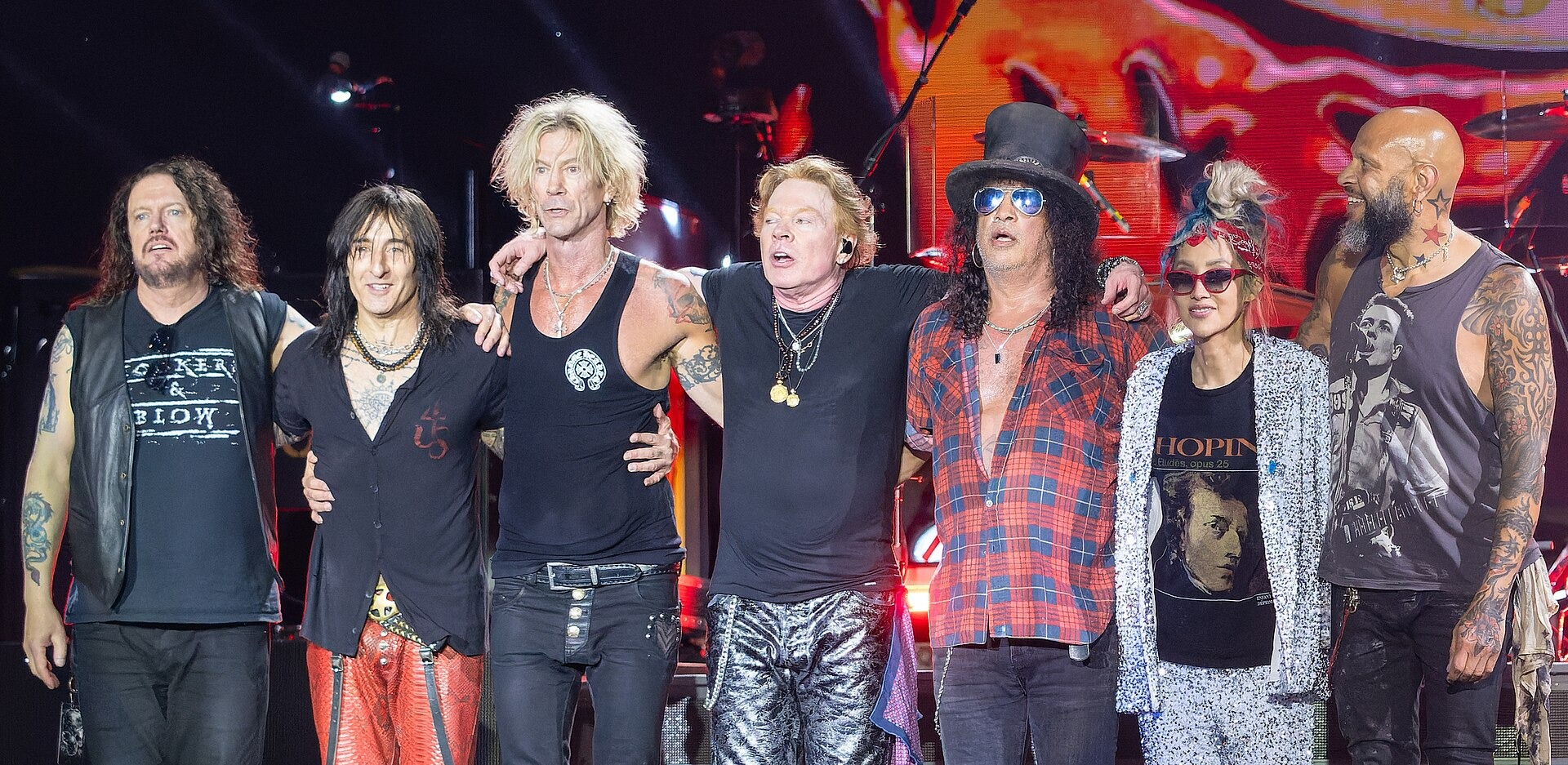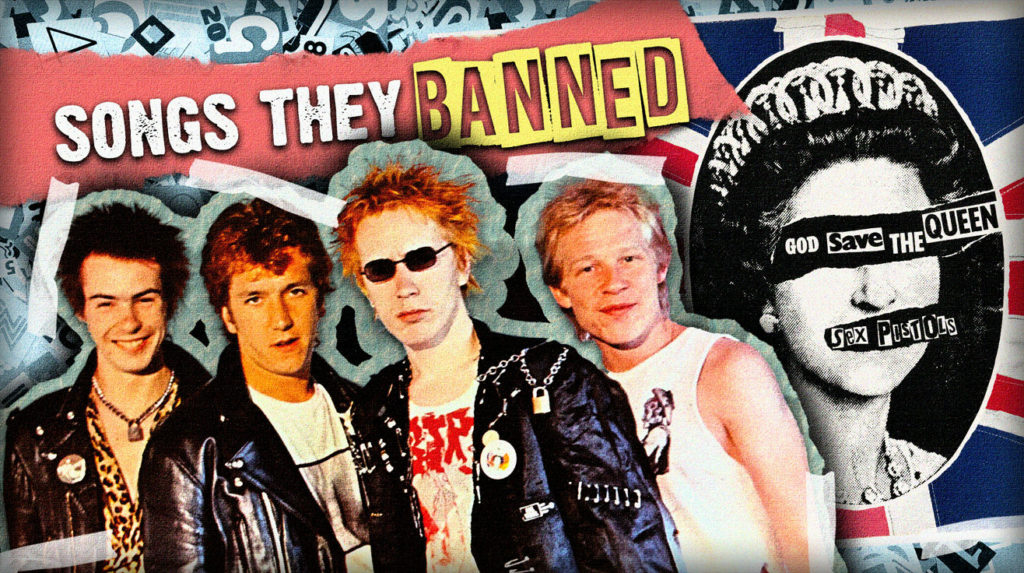
The 1960s and 70s transformed music into a battleground for social change. These decades witnessed artists pushing boundaries that made authorities squirm and radio stations panic. Songs became weapons against conformity, challenging everything from war to gender norms. The tracks that faced censorship weren’t just rebellious noise — they were cultural lightning rods that exposed society’s deepest tensions. When establishment gatekeepers tried silencing these voices, they only amplified their power. These banned anthems didn’t just survive their censorship battles; they thrived because of them.
19. I Am The Walrus – The Beatles
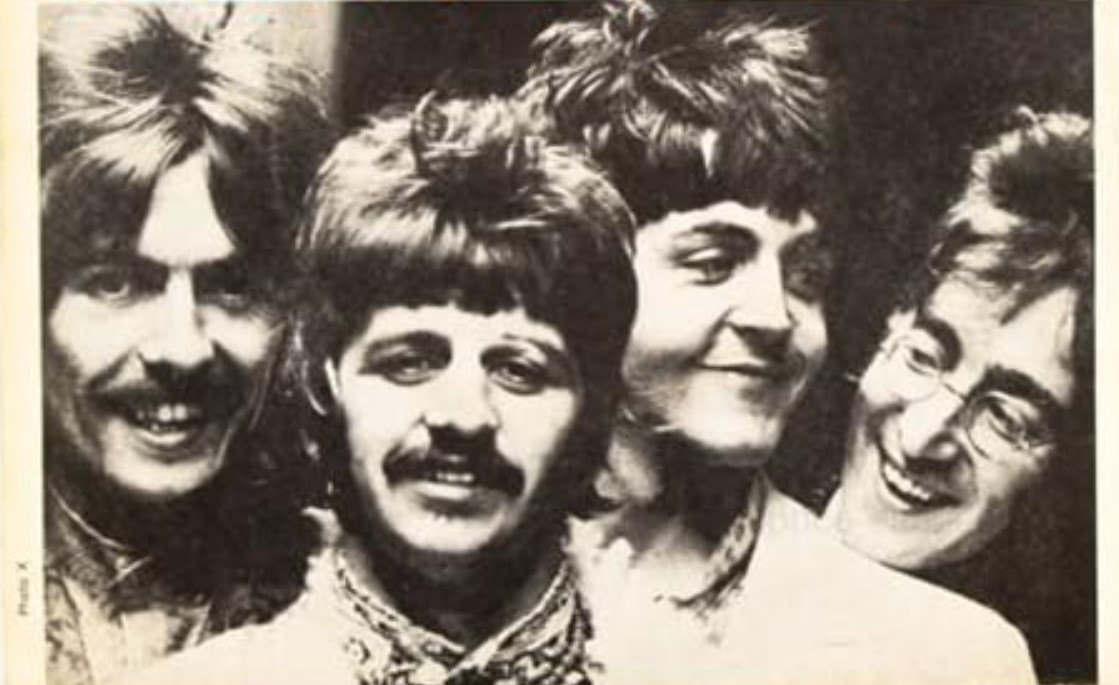
The Beatles proved psychedelia could be as dangerous as rock rebellion. Released in 1967 on “Magical Mystery Tour,” this surreal masterpiece push lyrical boundaries into uncharted territory. The BBC banned it for the seemingly innocent line “you let your knickers down,” proving censors feared even the hint of impropriety.
The song’s avant-garde production and nonsensical lyrics marked a sharp departure from their earlier pop sensibilities. For fans eager to explore the band’s experimental phase, this became forbidden fruit that tasted even sweeter. Today, its mind-bending soundscapes continue inspiring artists who refuse to color within conventional lines.
18. Lola – The Kinks
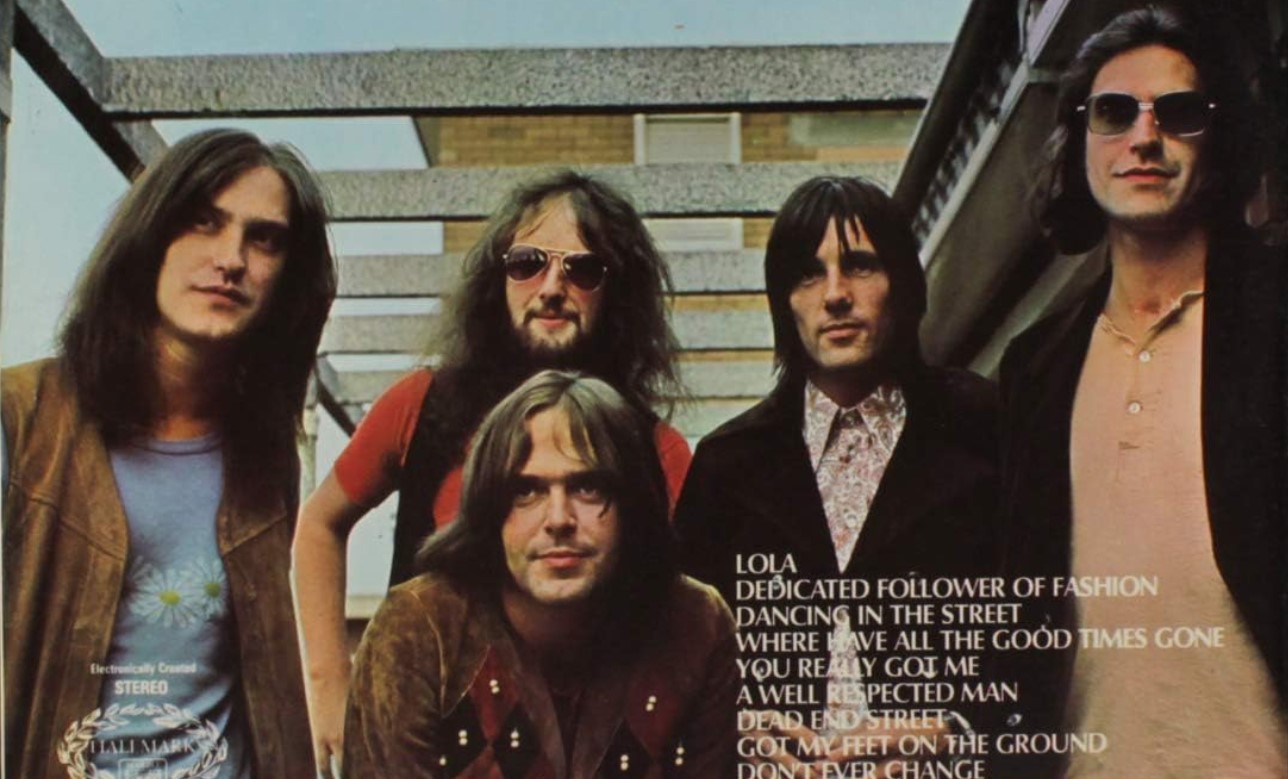
The Kinks crafted rock’s most subversive love story disguised as a catchy pop tune. Released in 1970, “Lola” tells of a romantic encounter with a transgender woman, challenging gender conventions when such topics remained taboo. The BBC initially banned it not for its groundbreaking subject matter, but for mentioning Coca-Cola.
The band cleverly circumvented censorship by re-recording the track, swapping “Coca-Cola” for “Cherry Cola.” This minor lyrical adjustment allowed the song’s revolutionary message about acceptance and fluid identity to reach mainstream audiences. Decades later, “Lola” endures as both infectious earworm and progressive anthem that proved love transcends societal boundaries.
17. Brown Eyed Girl – Van Morrison
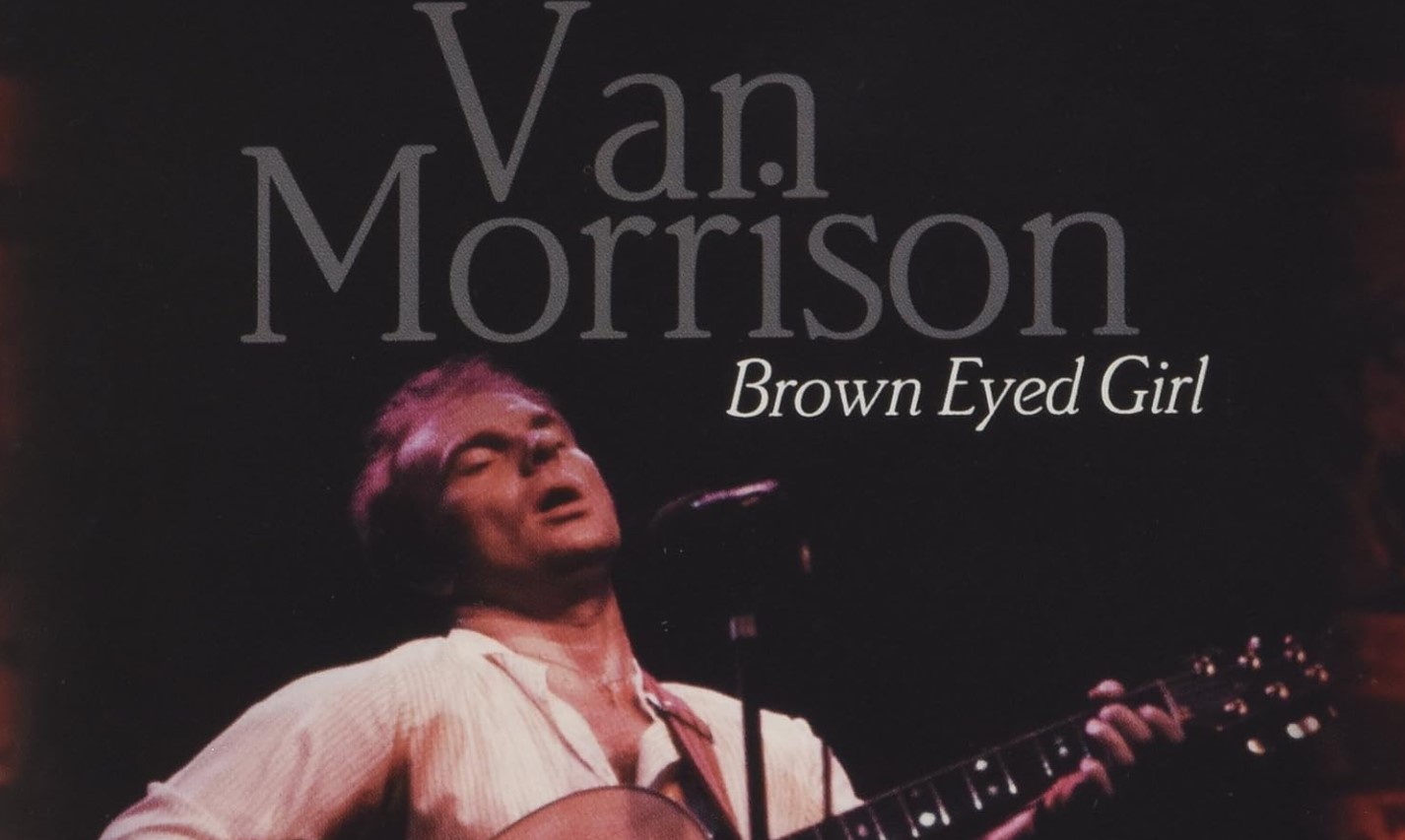
Van Morrison’s summer classic hid sensual undertones that made conservative radio programmers nervous. The 1967 hit faced scrutiny for its lyric “making love in the green grass,” which stations deemed too explicit for family-friendly airwaves. Many broadcasters sanitized the song, replacing the offending phrase with “laughing and a running.”
This censorship betrayed the song’s original romantic intent, transforming passionate intimacy into innocent childhood nostalgia. Despite these alterations, the track became one of Morrison’s most enduring hits. The unedited version reveals the song’s true spirit — a celebration of young love’s physical and emotional intensity that resonated with a generation embracing sexual liberation.
16. God Save the Queen – The Sex Pistols
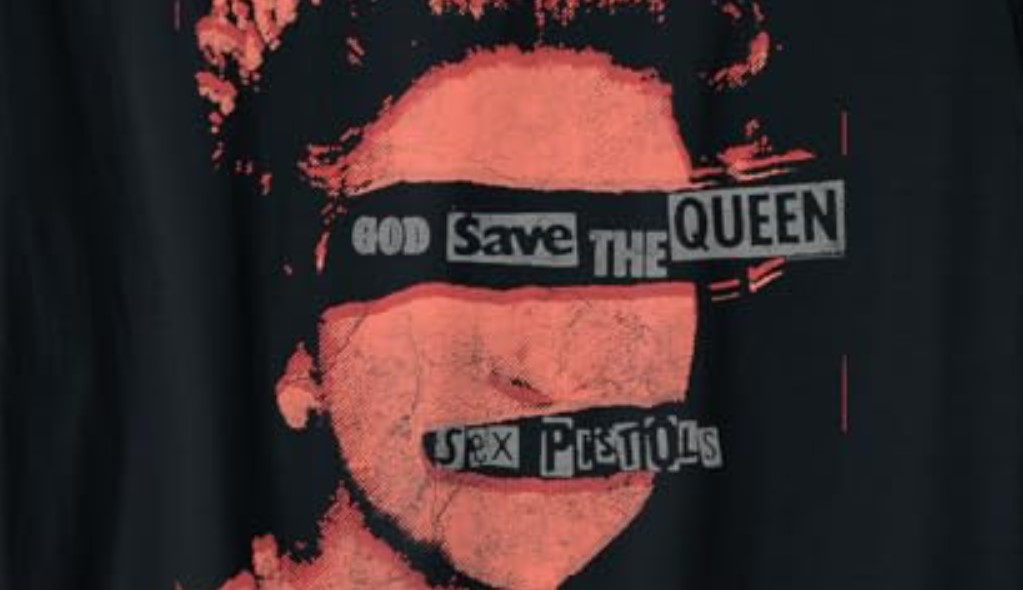
The Sex Pistols launched a sonic assault on British tradition during the Queen’s Silver Jubilee celebration. Released in 1977, this anarchist anthem directly condemned the monarchy while Britain celebrated 25 years of Elizabeth II’s reign. The BBC banned it immediately and record stores refused to stock it, fearing public backlash.
For disenfranchised British youth facing economic despair, the song became a rallying cry against inherited privilege and social inequality. Despite widespread censorship, it surged in popularity through underground channels. Many believe it outsold the official number one single, proving that rebellion sells better than reverence when society reaches its breaking point.
15. Let’s Spend the Night Together – The Rolling Stones
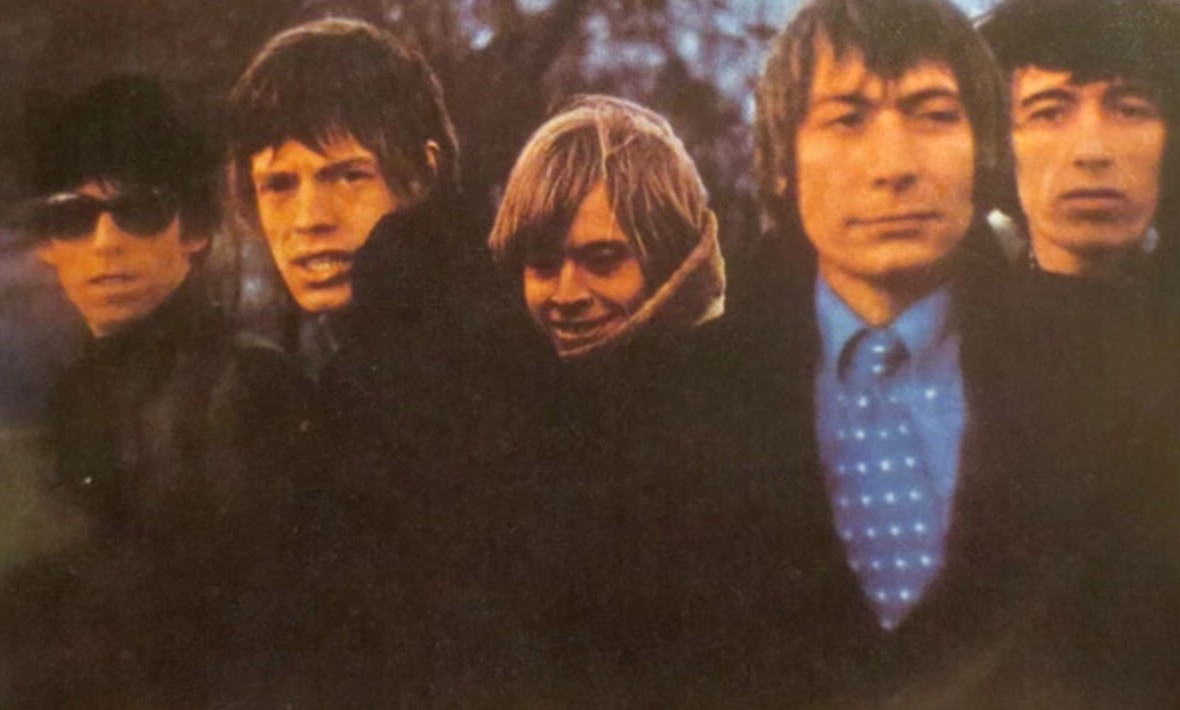
The Rolling Stones pushed sexual boundaries with unapologetic directness that made television executives sweat. This 1967 track openly celebrated casual sex, creating problems for The Ed Sullivan Show’s family-friendly image. Producers demanded Mick Jagger change the lyrics to “Let’s spend some time together” for their live performance.
Jagger complied but rolled his eyes dramatically each time he sang the sanitized version, turning censorship into performance art. Some radio stations promoted the flip side “Ruby Tuesday” instead, avoiding the song’s controversial content entirely. The incident perfectly captured the cultural tension between emerging sexual freedom and traditional moral gatekeeping that defined the era.
14. Light My Fire – The Doors
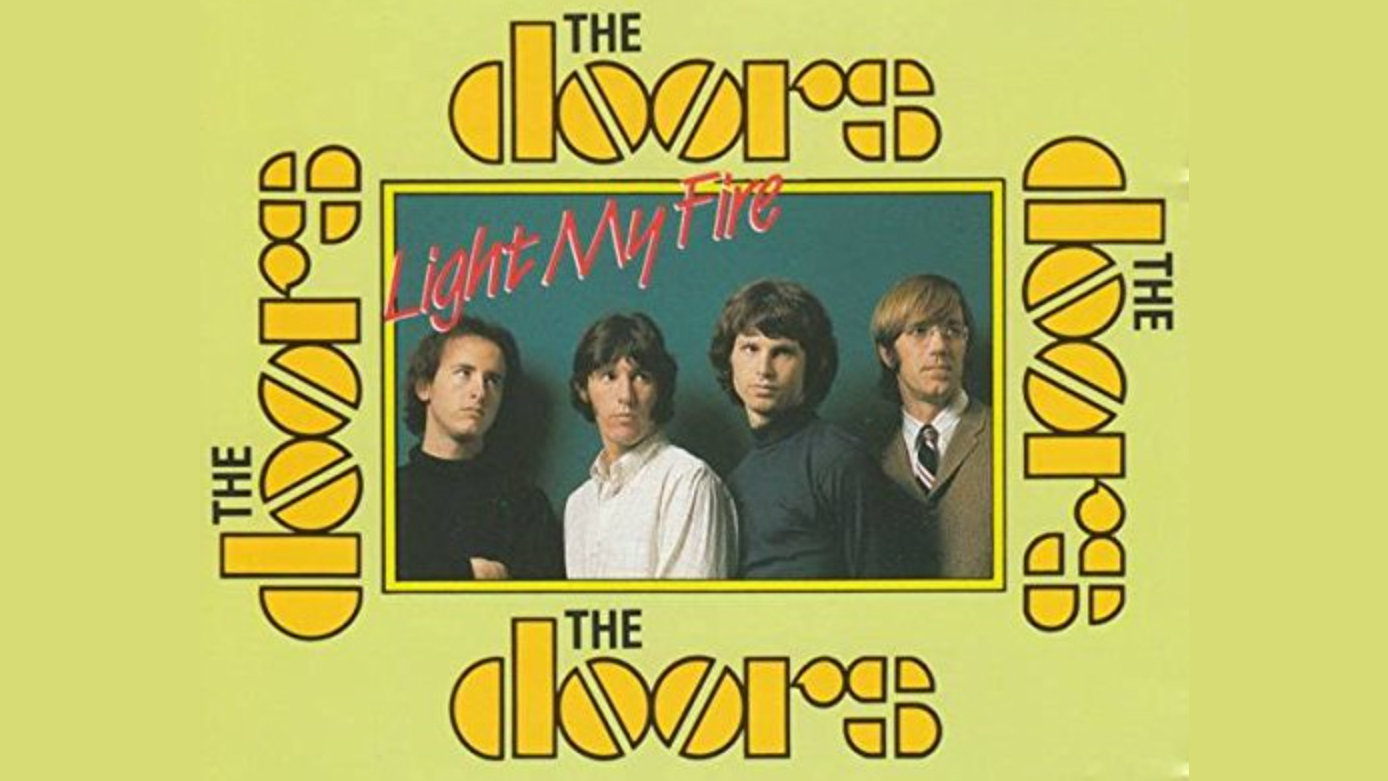
The Doors ignited controversy with psychedelic poetry that authorities interpreted as drug propaganda. Released in 1967, “Light My Fire” faced scrutiny for the lyric “girl, we couldn’t get much higher,” which censors viewed as promoting drug use. The Ed Sullivan Show asked Jim Morrison to alter the line for their live broadcast.
Morrison agreed but deliberately sang the original lyrics anyway, leading to The Doors’ permanent ban from the show. This act of defiance enhanced their rebellious image and cemented their status as counterculture icons. The song became an anthem for a generation rejecting conformity and embracing altered consciousness as artistic expression.
13. Street Fighting Man – The Rolling Stones
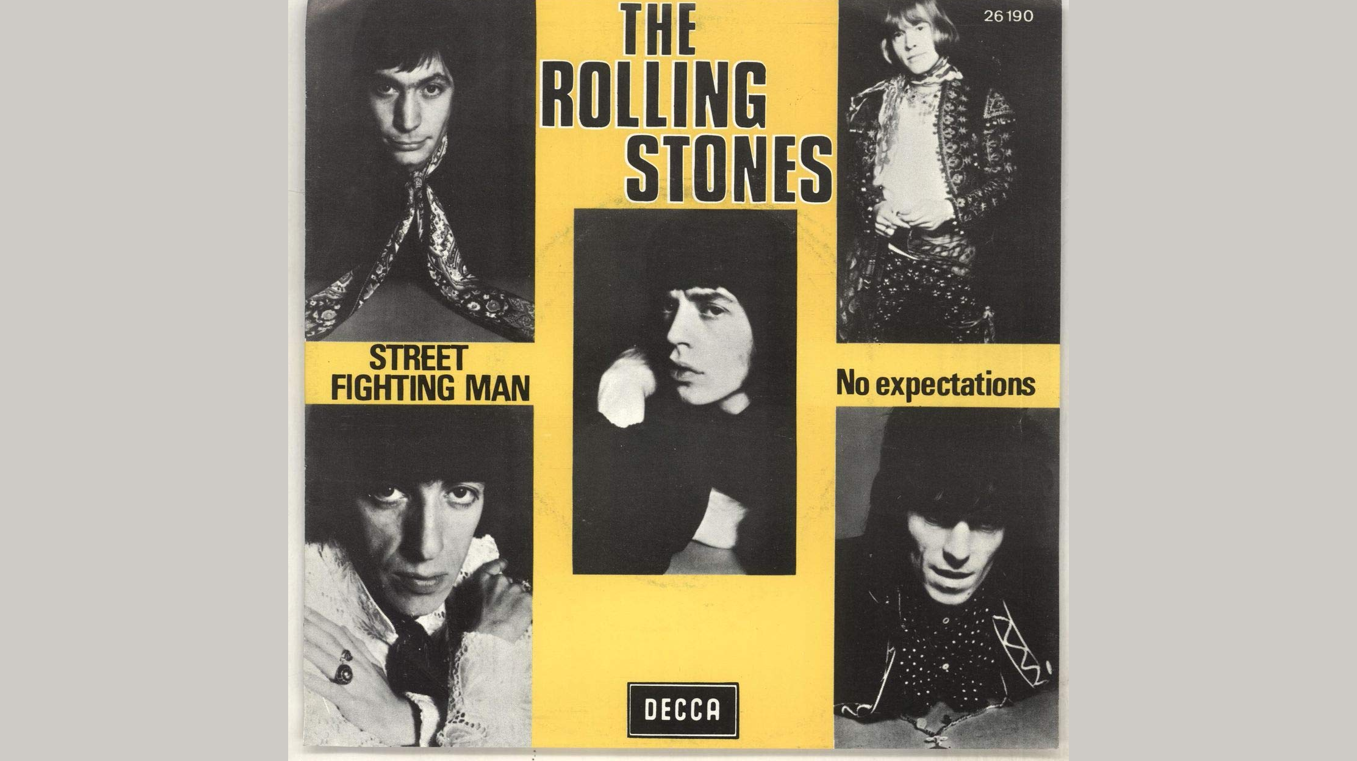
The Rolling Stones captured global unrest in three minutes of revolutionary rock. Released in 1968 shortly after violent protests at the Democratic National Convention in Chicago, this track reflected worldwide social upheaval. Its aggressive lyrics about street fighting and revolution made authorities nervous about potential real-world consequences. Many US radio stations banned the song, fearing it could incite further violence during an already turbulent period. For activists marching against war and inequality, it became the perfect soundtrack for protest movements worldwide. The song’s enduring power lies in its ability to channel righteous anger into artistic expression that still resonates with modern resistance movements.
12. Imagine – John Lennon
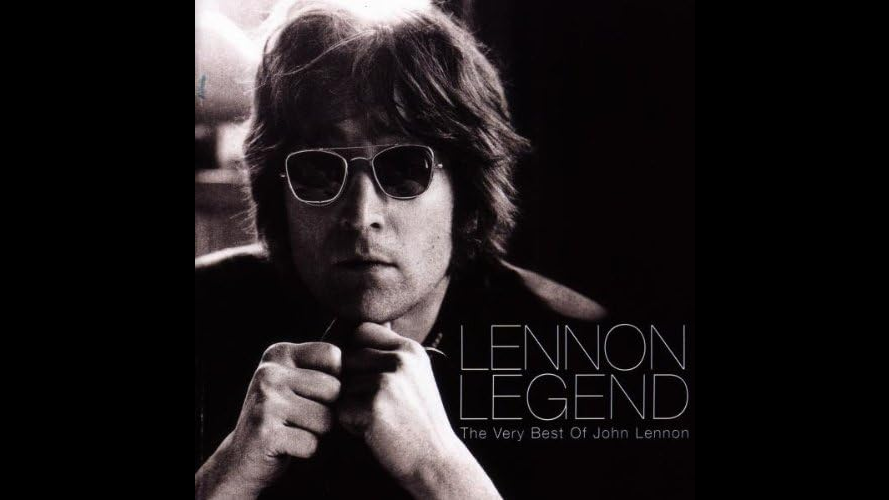
John Lennon’s utopian vision challenged fundamental religious and political beliefs. Released in 1971, “Imagine” promoted a world without countries, possessions, or religion — ideas that threatened both Cold War politics and traditional faith. Critics attacked its perceived promotion of atheism and communism, leading to bans in several regions, including by Clear Channel after 9/11.
The song’s gentle melody masked radical political philosophy that imagined dismantling capitalism, nationalism, and organized religion. Despite censorship attempts, it became one of history’s most celebrated peace anthems. Lennon’s vision of universal brotherhood struck a chord with those seeking alternatives to conflict and division during humanity’s most fractured moments.
11. Eve of Destruction – Barry McGuire
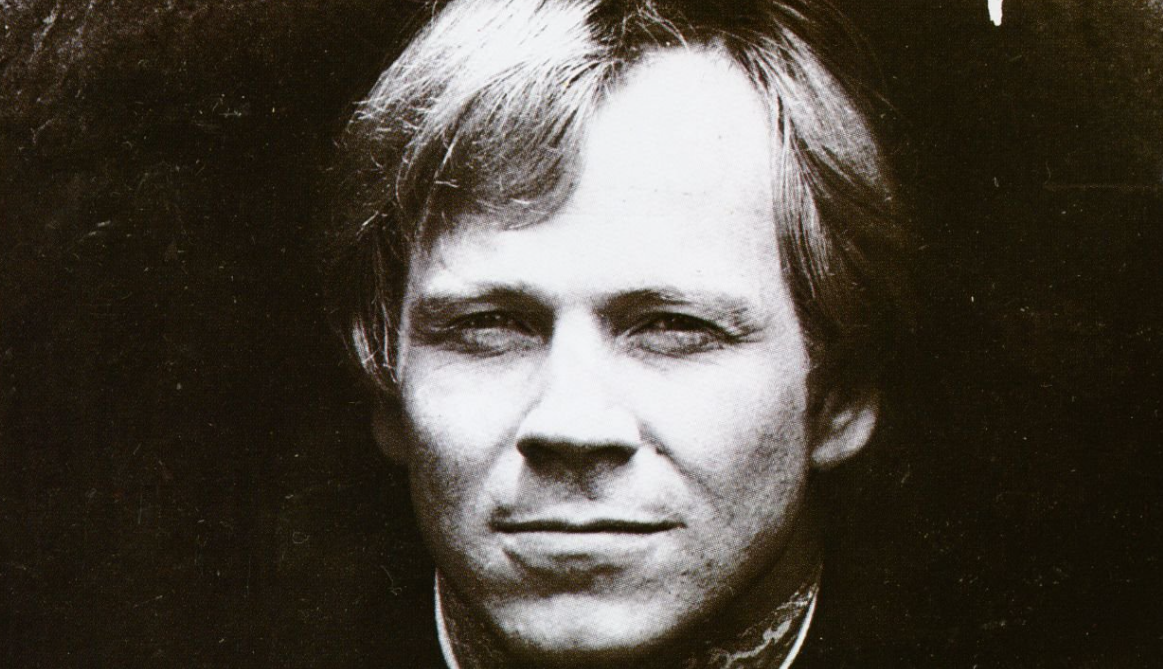
Barry McGuire channeled Cold War anxiety into folk rock’s most apocalyptic protest song. Released in 1965, “Eve of Destruction” articulated young people’s fears about nuclear war, political corruption, and social hypocrisy. Its bleak worldview proved too demoralizing for many broadcasters, including the BBC, who refused airplay.
The song’s litany of global problems — from Vietnam to racial violence — painted a picture of civilization teetering on collapse. Radio stations feared its pessimistic message would depress listeners, but young audiences embraced its honest assessment of their troubled world. Despite censorship, it climbed to number one, proving that authenticity resonates even when truth hurts.
10. Fortunate Son – Creedence Clearwater Revival
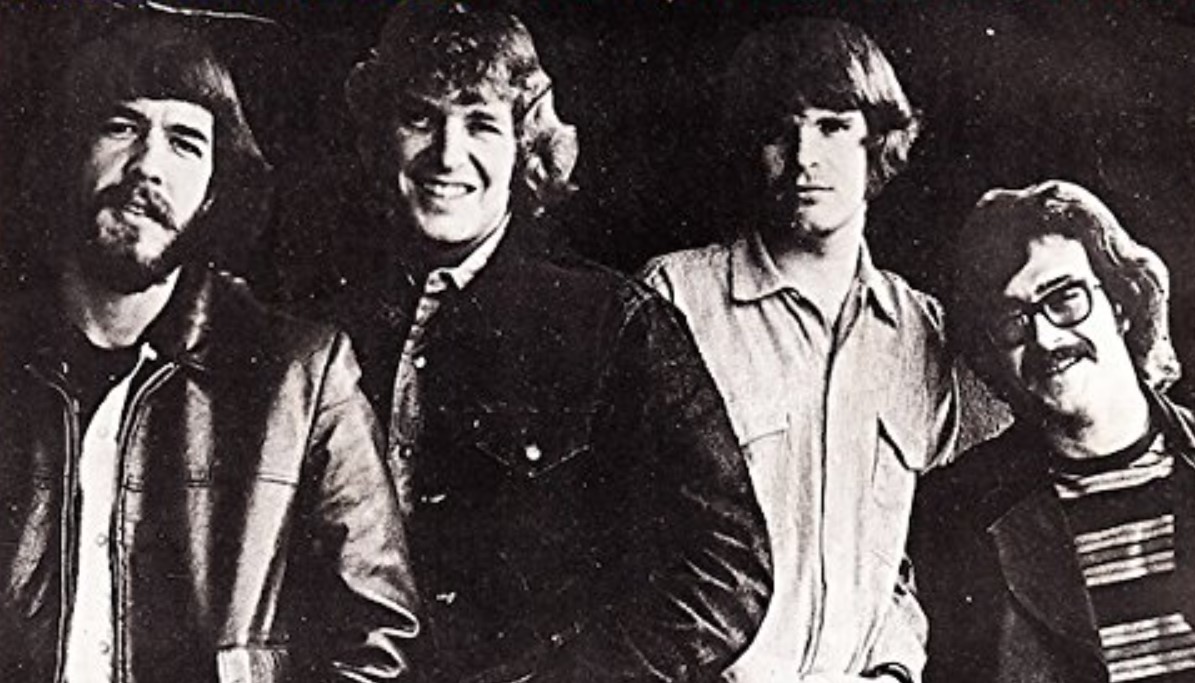
Creedence Clearwater Revival exposed class warfare during America’s most divisive conflict. Released in 1969, “Fortunate Son” criticized how wealthy families used privilege to avoid Vietnam War service while working-class kids faced the draft. Its anti-establishment message made military radio uncomfortable, leading to bans on Armed Forces Vietnam Network.
The song highlighted the bitter irony of rich kids avoiding consequences while poor kids died for policies they didn’t create. For soldiers experiencing this inequality firsthand, it became an anthem of frustration and solidarity. The track’s power lies in its ability to expose systemic injustice through three minutes of driving rock that still resonates during modern conflicts.
9. Ohio – Crosby, Stills, Nash & Young
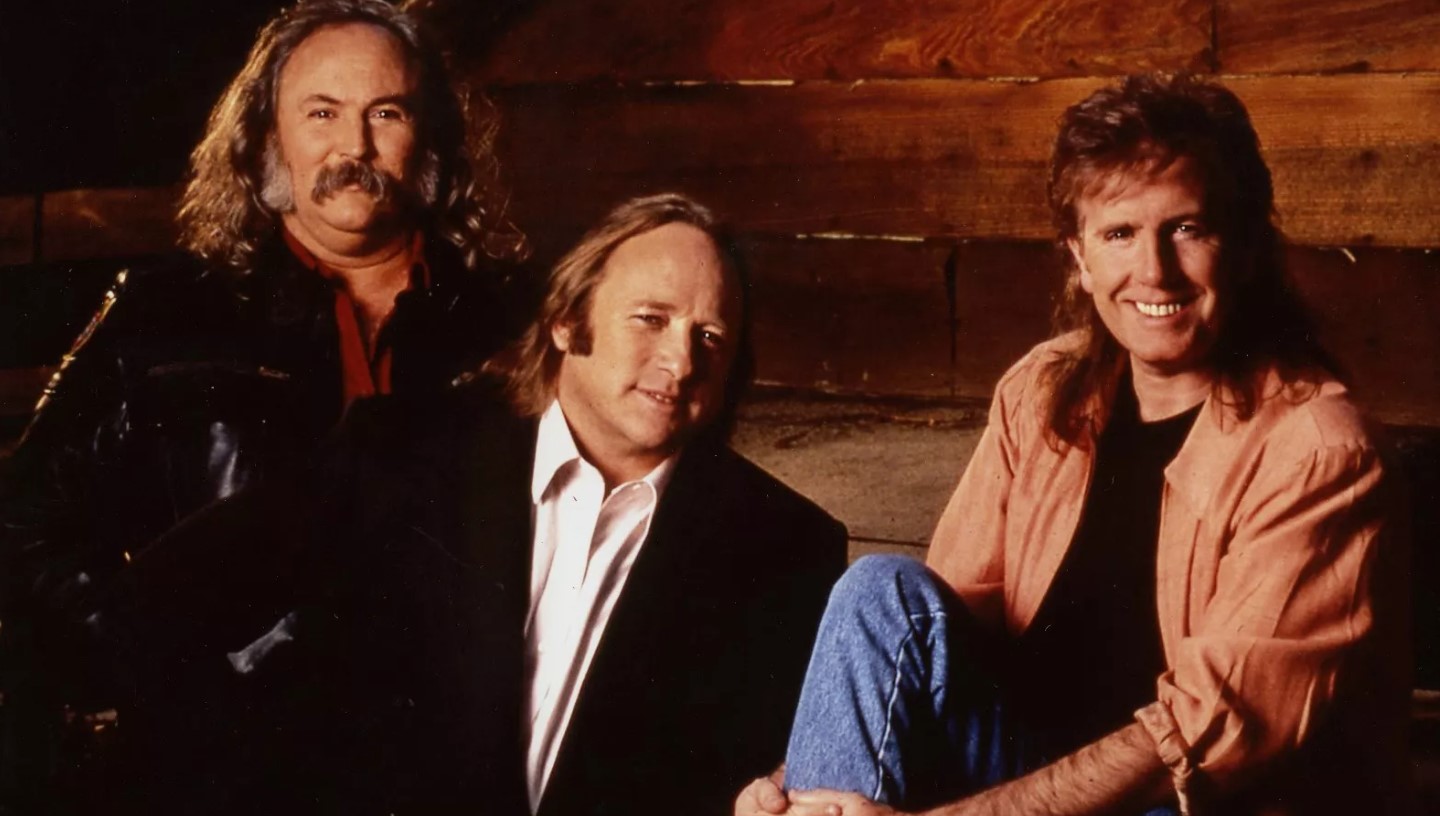
Crosby, Stills, Nash & Young transformed tragedy into musical activism within days of the Kent State shootings. Written immediately after National Guard troops killed four student protesters in 1970, “Ohio” directly blamed government violence against peaceful demonstrators. The song named President Nixon explicitly, making radio stations hesitant about potential political backlash.
Its raw emotional power captured national grief and outrage over state violence against young Americans exercising their right to protest. For college students nationwide, it became a rallying cry that transformed individual tragedy into collective action. The song proves music’s unique ability to process trauma while demanding accountability from those in power.
8. Walk on the Wild Side – Lou Reed

Lou Reed shattered mainstream music’s conservative boundaries with unapologetic celebration of marginalized lives. Released in 1972, this track openly referenced transgender identity, drug use, and alternative lifestyles associated with Andy Warhol’s Factory scene. Initial radio bans focused on explicit lyrics about gender transition and sexual experimentation.
The song introduced mainstream audiences to LGBTQ+ experiences rarely acknowledged in popular culture. Reed’s matter-of-fact delivery normalized what society considered deviant behavior, helping pave the way for greater acceptance. Nearly five decades later, its influence on cultural tolerance remains profound, proving that representation in art can shift public consciousness toward inclusion.
7. I Am Woman – Helen Reddy
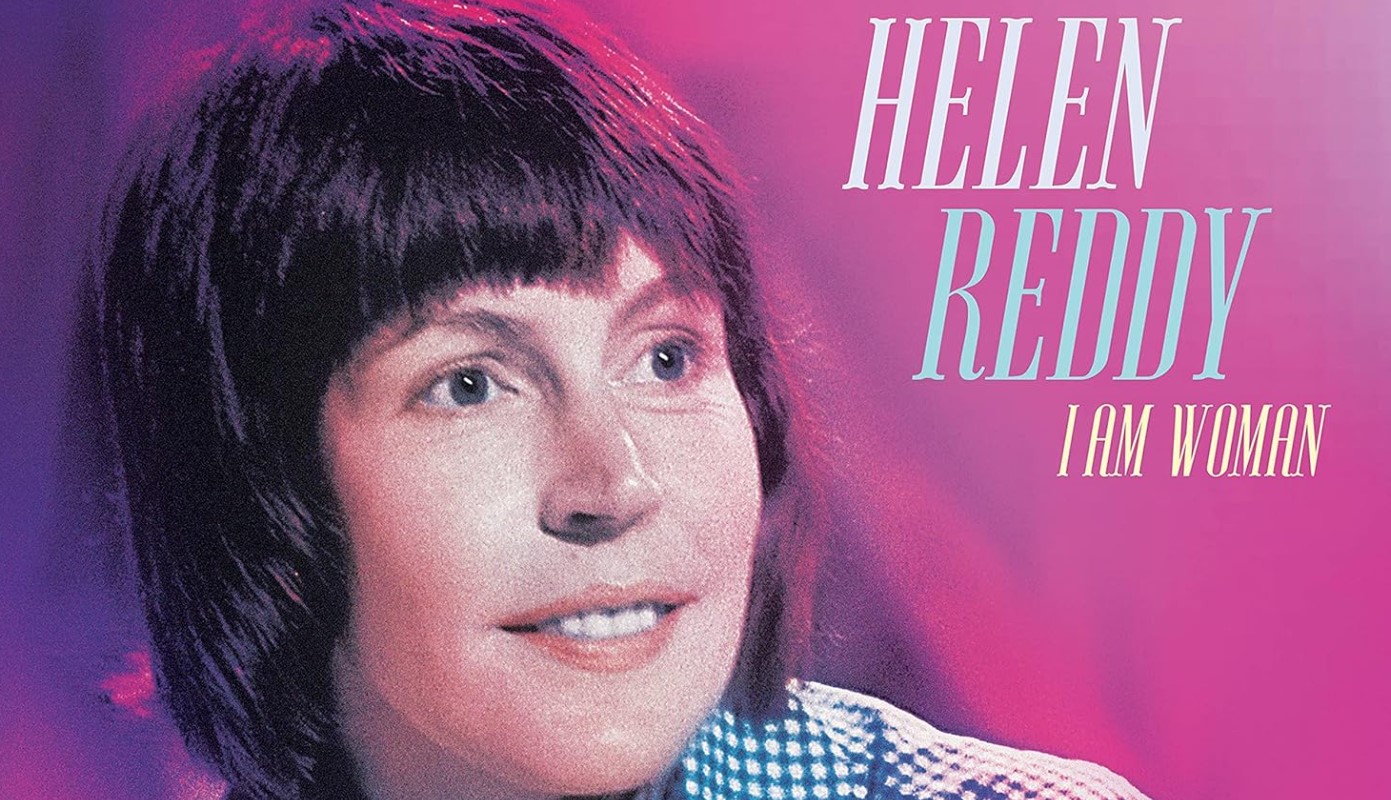
Helen Reddy weaponized pop music for women’s liberation, creating feminism’s most recognizable anthem. Released in 1972, “I Am Woman” faced resistance from radio stations fearing male listener backlash. Conservative programmers worried the song’s empowerment message threatened traditional gender roles and family structures.
he women’s movement quickly adopted it (External – Ms. Magazine 1972 Archives) for protests and rallies, transforming a simple pop song into a revolutionary statement.
As its popularity grew despite initial resistance, it climbed to number one, proving women’s voices couldn’t be silenced. The track’s enduring relevance during modern equality movements demonstrates how authentic empowerment messages transcend their original context.
6. Money – Pink Floyd
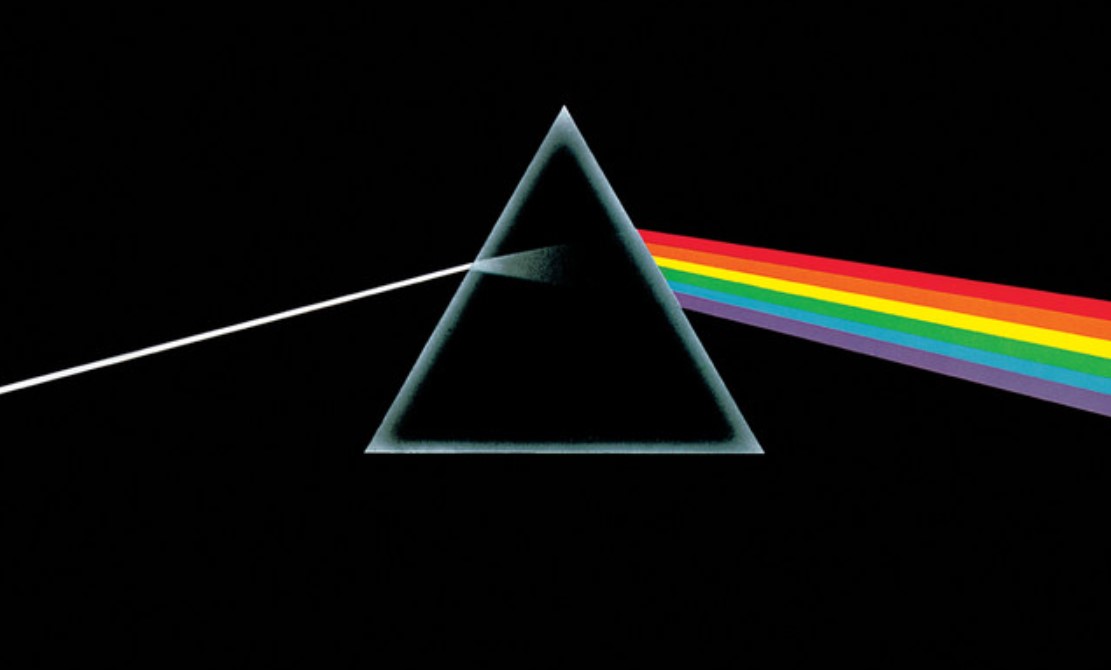
Pink Floyd turned capitalism’s sounds into its own critique, creating rock’s most subversive economic commentary. Released in 1973 on “The Dark Side of the Moon,” “Money” faced bans in apartheid South Africa for promoting anti-establishment values. Some American critics accused it of spreading anti-capitalist propaganda during Cold War tensions.
The song’s innovative use of cash register sounds and unconventional time signature revolutionized rock production while delivering sharp social criticism. Its message about greed’s destructive power resonated with audiences questioning materialism’s role in modern life. The track’s technical innovation and political relevance established it as progressive rock’s most accessible yet subversive statement.
5. Jailhouse Rock – Elvis Presley
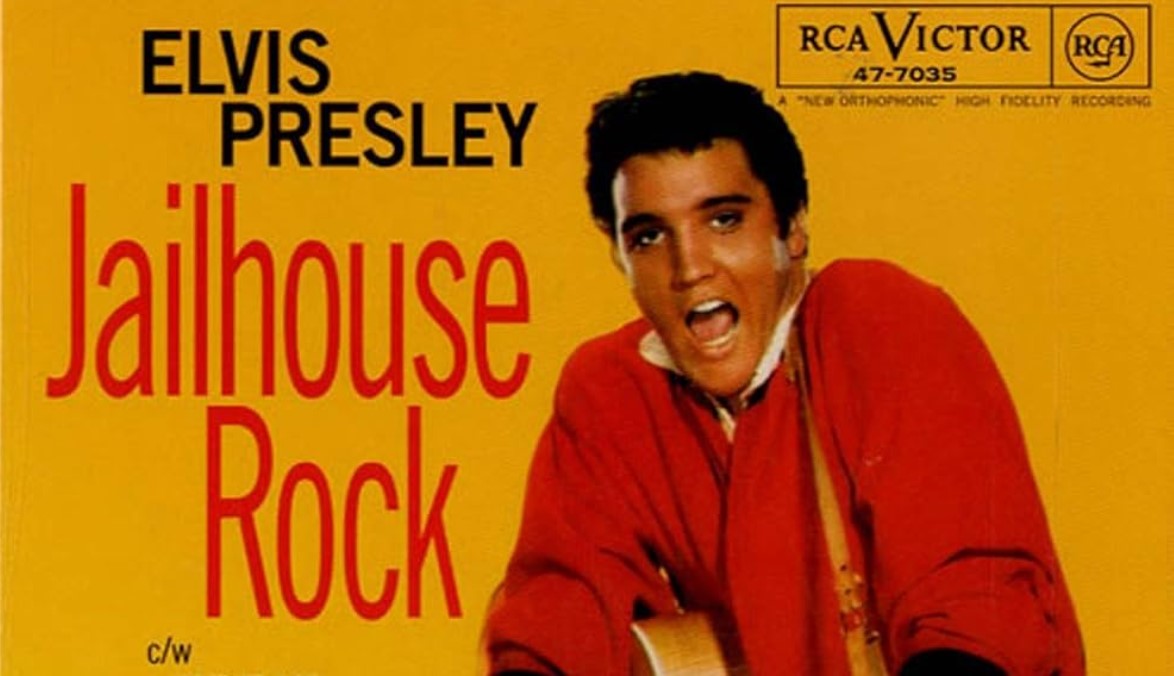
Elvis Presley’s rebellious spirit found new controversy decades after its original release. While “Jailhouse Rock” debuted in 1957, its 1970s reissue faced fresh censorship in apartheid South Africa, where authorities banned it for allegedly glorifying criminality. The real threat wasn’t crime — it was rock and roll’s power to inspire rebellion against oppressive systems.
The song became a symbol of defiance that transcended its original jailhouse setting. In societies built on strict control, Elvis’s swaggering confidence and rhythmic rebellion represented dangerous freedom. The ban only enhanced the song’s legendary status, proving that authentic rock and roll remains threatening to authoritarian minds regardless of the decade.
4. War – Edwin Starr
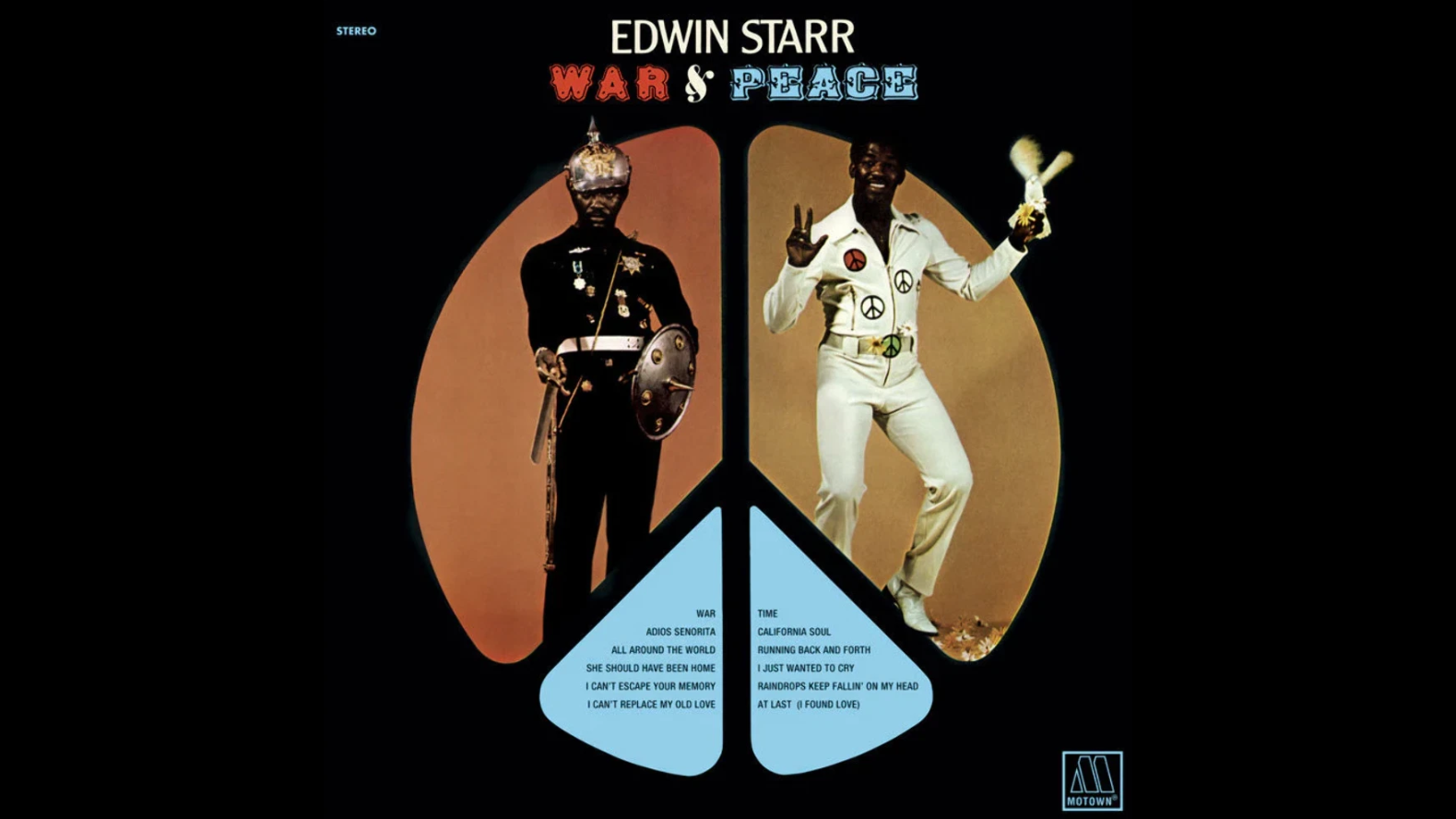
Edwin Starr transformed Motown soul into anti-war artillery with devastating effectiveness. Released in 1970, “War” delivered the bluntest anti-conflict message in popular music history with its famous declaration that war is “good for absolutely nothing.” Pro-war groups and conservative broadcasters responded with fierce opposition, leading to widespread radio bans.
The song’s driving beat and electrifying vocals transformed righteous anger into irresistible dance music. This combination of serious political message with infectious groove made it impossible to ignore, even for those who disagreed with its sentiment. Its raw emotional power and uncompromising stance established it as protest music’s most direct and enduring statement against military conflict.
3. Tie a Yellow Ribbon Round the Old Oak Tree – Tony Orlando and Dawn
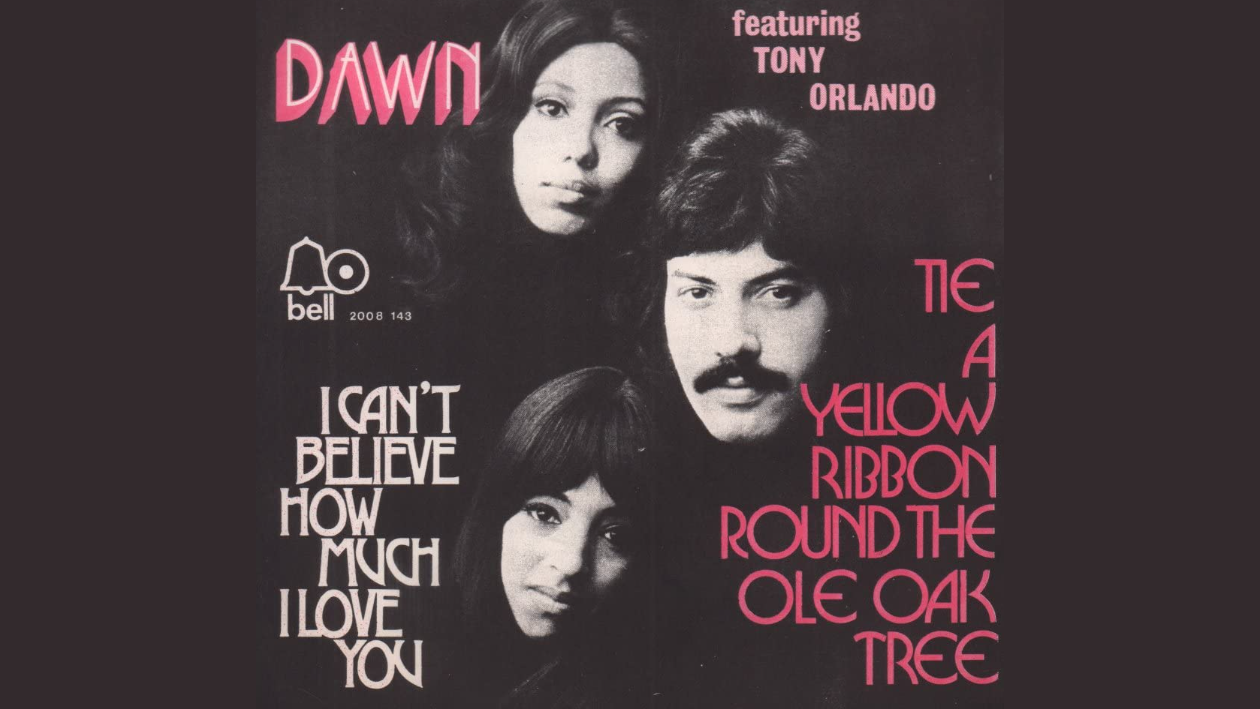
Tony Orlando and Dawn’s homecoming anthem became unexpectedly controversial during America’s most divisive war. Released in 1973, this simple story of welcome and forgiveness became associated with returning Vietnam veterans, creating complex reactions from military audiences. Several military radio stations refused airplay, viewing it as glorifying a conflict that deeply divided the nation.
The song’s message of hope and second chances resonated with families awaiting loved ones’ return from an unpopular war. While it topped charts globally, its military reception remained mixed, reflecting America’s complicated relationship with Vietnam veterans. The controversy revealed how even seemingly innocent songs could become political statements during times of national trauma.
2. My Ding-a-Ling – Chuck Berry
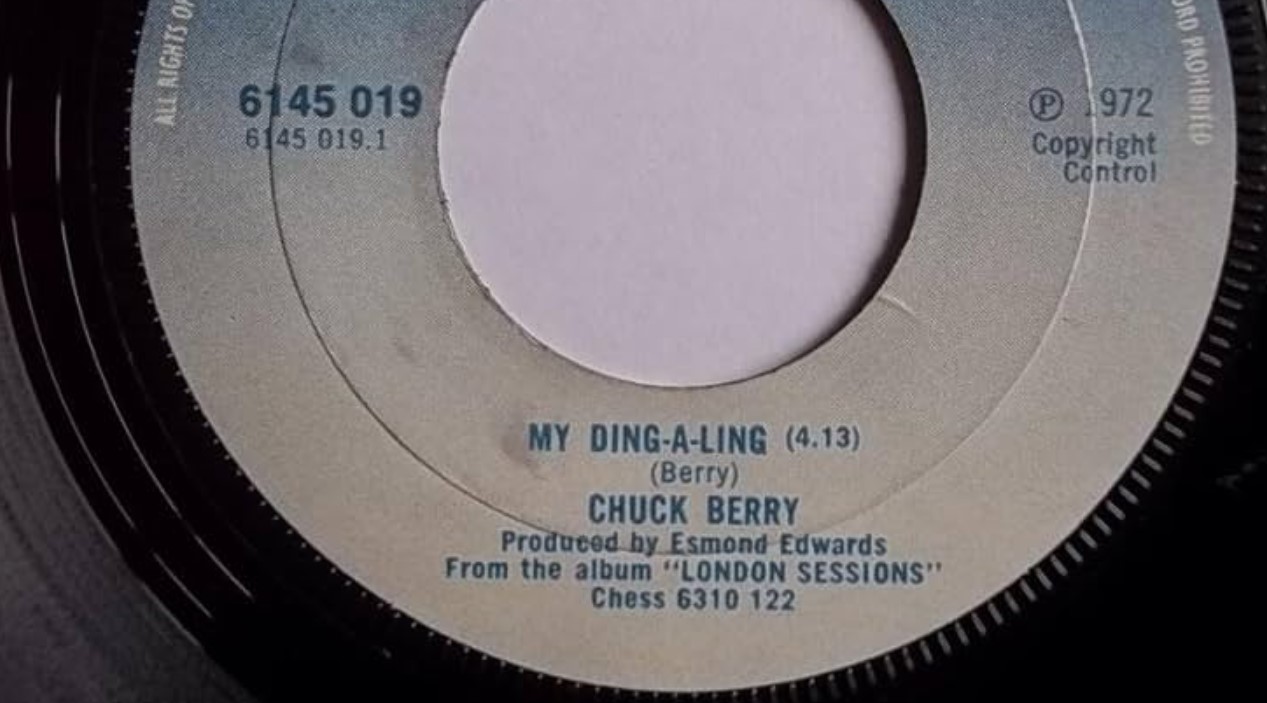
Chuck Berry proved playful innuendo could spark surprising controversy in conservative America. Released in 1972, this novelty song’s double entendres propelled it to become Berry’s first and only number one hit. Despite its lighthearted nature, various groups lobbied for bans, claiming its sexual references corrupted young listeners.
The song’s catchy rhythm and Berry’s charismatic delivery made it irresistible to audiences hungry for fun music during serious times. Its success at school dances created generational divides — kids laughed and danced while adults worried about moral implications. The controversy highlighted America’s complex relationship with sexuality in popular culture during an era of changing social norms.
1. The Pill – Loretta Lynn
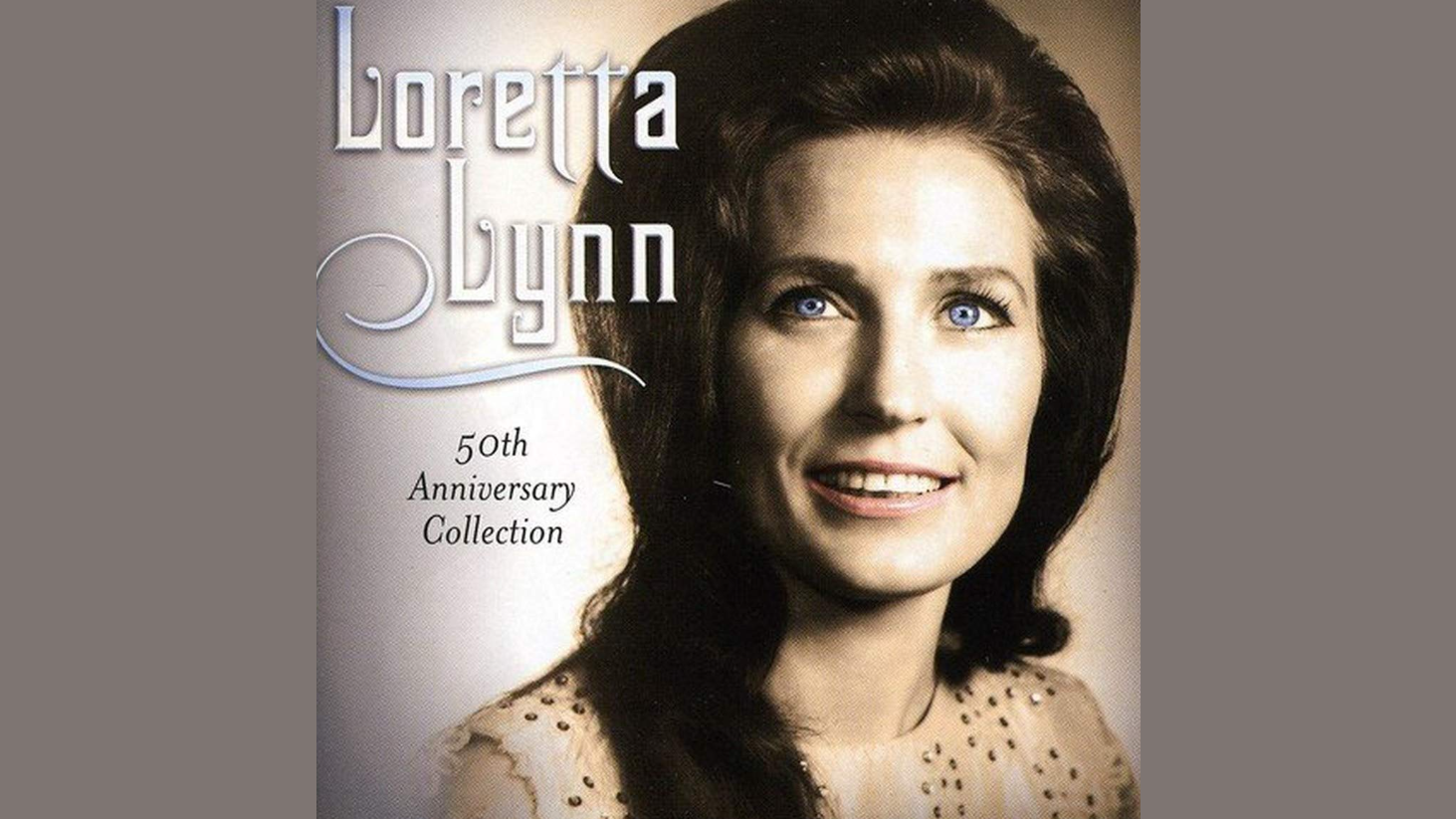
Loretta Lynn shattered country music’s conservative boundaries with frank discussion of reproductive freedom. Released in 1975, “The Pill” celebrated birth control’s liberating effect on women’s lives, addressing topics considered taboo in country music circles. Many country radio stations banned the song for promoting immoral behavior and challenging traditional family values.
Lynn’s honest perspective on women’s reproductive choices arrived perfectly timed with the feminist movement’s growing influence. Her willingness to address real women’s experiences rather than idealized stereotypes made her both champion and target. The song’s enduring relevance during modern reproductive rights debates proves that authentic voices speaking uncomfortable truths remain powerful long after their original controversies fade.






